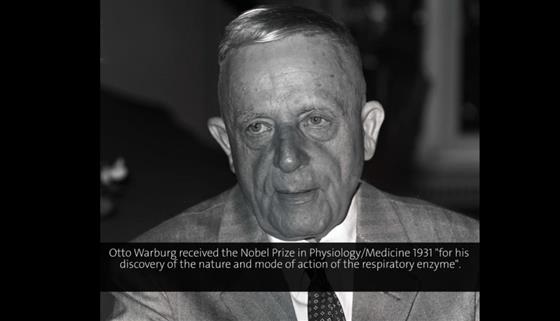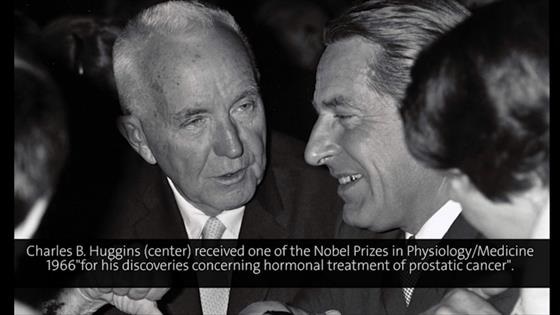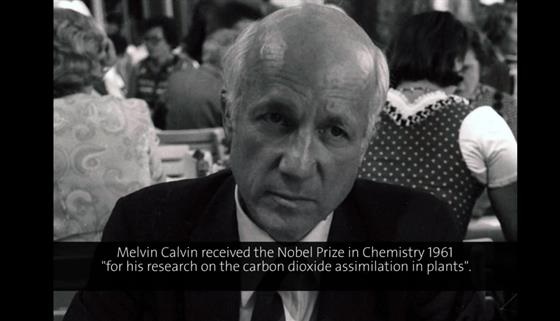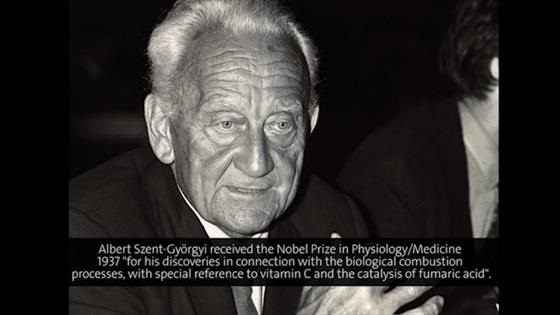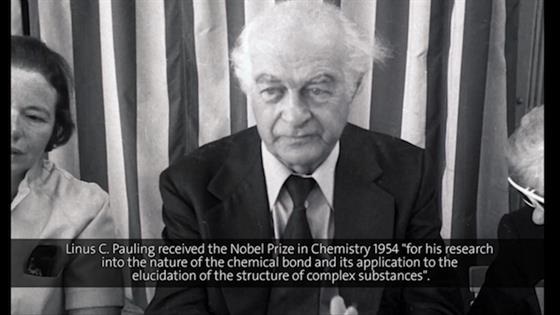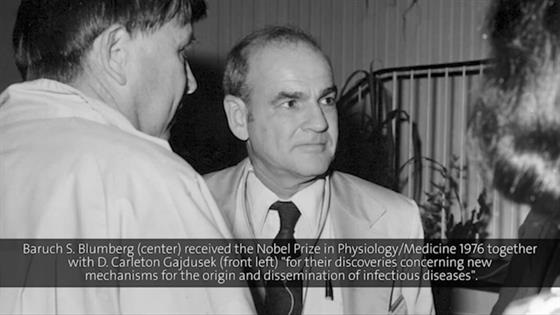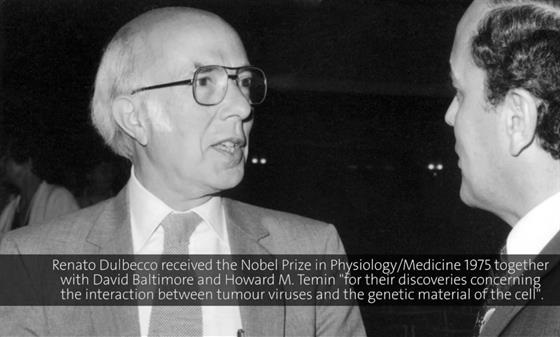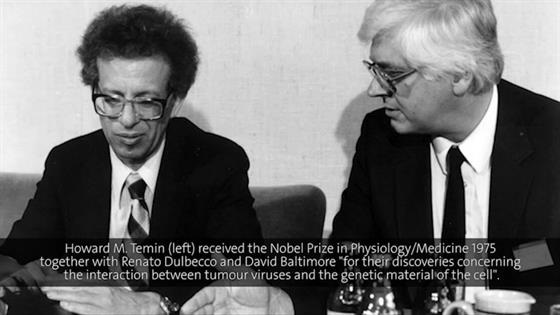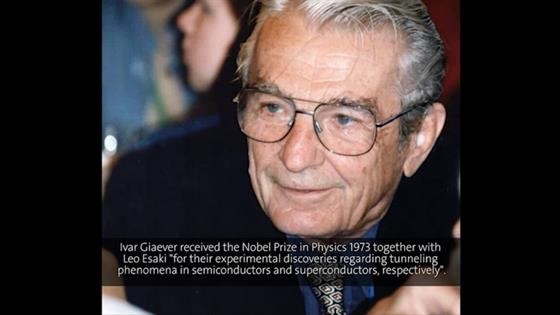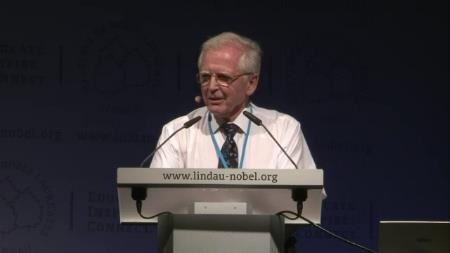Cancer
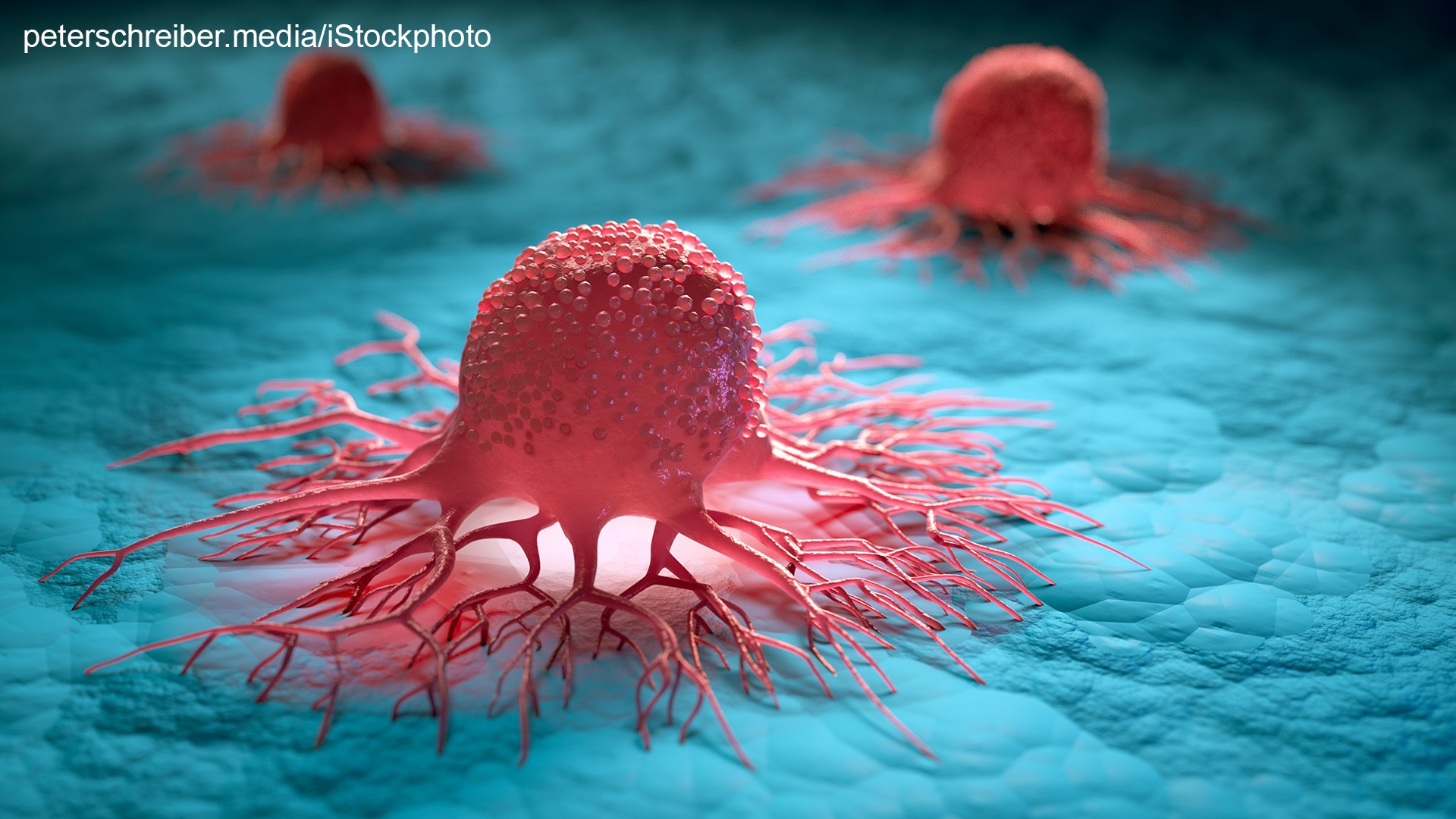
by Anders Bárány
1. What is Cancer?
Cancer is one of the most common diseases. According to some sources, every third person will eventually develop cancer. It derives its name from the Latin for crayfish, which is explained by the appearance of some tumours (cancer growths): They look like something that is creeping on the outside or the inside of the body and which is held fast as if by claws.
After the discovery of the microscope it has been realized that we are made up of cells. Each cell has a life of its own and ordinary cells divide about 50 times. Since we start from just one cell, a fertilized egg, after about 50 cell divisions, when we are grown up, we are made up of about 2 to the power of 50 cells, which is a large but finite number, roughly 10 to the power of 15. These normal cells grow in an ordinary fashion and make up regular parts of our bodies, like eyes, fingers, heart, etc. But the cells of a tumour are different. They seem to be able to divide an infinite number of times and the growth pattern is not regular but chaotic.
Since the middle of the last century we understand the structure of the genetic material of the cell, the double helix structure DNA, which is made of two intertwined strands. Each strand carries genes and these give instruction on the construction of the proteins making up the cell and on the way it divides. It has been shown that cancer cells carry special genes called oncogenes. These are genes that have become defective and give instructions leading to un-orderly cell growth and division. Since there are a wide variety of normal genes (about twenty thousand in a human cell), there is also a wide variety of possible defective genes, some of them oncogenes (more about this in Howard Temin’s 1984 lecture below).
So cancer is not only one type of irregular cell growth, but rather a large variety. Some cancer growths are not so bad, they live their own life in a place on the outside or the inside of a body, but others are dangerous because they block some important function of the body, e.g., blood production. Some tumours are situated so that they don’t disturb the bodily functions very much, but cancer cells from them can be carried to more important places by the blood or the lymph. Some of the cancer cells can then attach themselves to the new places and start new growths, so called metastases, and these may become dangerous.
Traditionally, cancer cells are identified by ocular examination of their growth pattern under laboratory conditions. Some cells taken from a tumour are put in an environment containing nourishment and held at body temperature. Some laboratories make a living out of examining such tissue cultures, but over the years there have been some big scandals where the examination has not been properly done, resulting in undiscovered tumours. So finding a more reliable way of distinguishing normal cells from cancer cells is a tempting research objective, which has been tried (more about this in Ivar Giaever’s 2004 lecture below).
A large part of the basic research on cancer concerns how cells with oncogenes are created. One obvious way is by heredity: the single cell that marks the beginning of an organism can already contain one or more oncogenes. Other “carcinogenic” pathways are by changes in normal DNA by mutation, e.g., induced by radiation or toxic chemicals (more about this in Charles Huggins’ 1969 lecture below). Finally, since some viruses are known to modify the genetic material of cells, researchers have put a lot of effort into trying to unravel how cancer can originate from infections by such viruses.
This leads us to the Nobel Prizes that have been awarded for cancer research. They are all in Physiology or Medicine and 8 out of 10 Laureates were awarded because of their research on the relationship between cancer and virus infections! As a spin-off, this research has also led to a better understanding of how cancer can appear even if no viruses are active. In some respects, the cancer virus research has been like the physiology part of physiology/medicine. But lately it has also become a central part of medicine (more about this in Harald zur Hausen’s 2011 talk below).
2. Cancer and the Nobel Prize in Physiology or Medicine 1901-2013
The first Nobel Prize for a cancer research was given 1927 to Johannes Fibiger ”for his discovery of the Spiroptera carcinoma”. Spiroptera is a kind of worm and carcinoma means cancer growth. Fibiger had fed rats with cockroaches that carried the Spiroptera worm and the rats had developed stomach cancer. His conclusion was that the worm caused the cancer, the “Spiroptera cancer”. But there is a problem with this discovery: the conclusion is false. It turns out that all the rats had been caught in the same place, a sugar refinery, and that their stomach cancer derived from their diet there having been too restrictive. Fibiger passed away in 1928 and obviously never lectured at the Lindau Meetings (they started in 1951). But his Nobel lecture is available on www.nobelprize.org.
There was quite a lot of cancer research going on already before and at the time of Fibiger (at the end of the 19th and the beginning of the 20th Century), and in 1910 Peyton Rouse showed that he could make chickens develop cancer by infecting them with a virus extracted from a cancer growth in a hen. The discovery was much debated and it wasn’t until the 1950’s, when it was discovered that a virus can modify the genetic material in a cell, that it was taken seriously by the cancer research community. Many more cancer inducing viruses were discovered and in 1966 the Nobel Prize in Physiology or Medicine was divided equally between Peyton Rous “for his discovery of tumour-inducing viruses” and Charles Huggins “for his discoveries concerning hormonal treatment of prostatic cancer”. Huggins had shown that giving female hormones to men with prostatic cancer was an effective therapy, implying that cancer cells still react on regulating mechanisms of the body. Peyton Rous lived until 1970, but could not accept the invitation to lecture in Lindau 1969, at the first medicine meeting since he received his Nobel Prize. Charles Huggins did accept, though, and lectured at four Lindau Meetings. The Nobel lecture of Peyton Rouse is available on www.nobelprize.org.
There are several types of cancer viruses, both as to their composition and to their action. But they all need a host cell to replicate and are therefore usually not classified as having a life of their own. Some kill the host cell when they replicate inside it, which might indirectly lead to cancer (more about this in Baruch Blumberg’s 1978 lecture below). But others enter the cell nucleus and interact with the cell DNA to insert their own genetic material, thus possibly transforming the cell to a living cancer cell. Some cancer viruses carry DNA, which is double stranded, but some only carry the single stranded RNA. The virus discovered by Peyton Rous turned out to be of this kind. How such an RNA virus can insert DNA into a cell was a mystery. But the mechanism was eventually discovered by David Baltimore, Renato Dulbecco and Howard Temin. They showed that the virus RNA first is transformed into DNA by a process named “reverse transcription”. This discovery earned them the 1975 Nobel Prize in Physiology or Medicine “for their discoveries concerning the interaction between tumour viruses and the genetic material of the cell”. While David Baltimore still has not lectured at the Lindau Meetings, both Renato Dulbecco and Howard Temin did, Dulbecco once and Temin twice.
It has been shown that during the process of cell division, a normal cell is more liable to get a mutation of its genetic material by radiation or toxic chemicals. The hepatitis B virus attacks cells in the liver and kill them, often making hepatitis become a chronic disease. The liver then tries to repair itself by growing new cells by cell division, making it more liable to get cells carrying mutations. Many years after having been infected by hepatitis B and after several mutations, the liver may develop cancer. This was discovered by Baruch Blumberg, who also developed a vaccine against hepatitis B, a vaccine which might be called the first vaccine against cancer. Baruch Blumberg (together with Carleton Gajdusek) received the Nobel Prize in Physiology or Medicine 1976 “for their discoveries concerning new mechanisms for the origin and dissemination of infectious diseases”. Blumberg only lectured once at a Lindau Meeting, in 1978.
There are many viruses similar to the one discovered by Peyton Rous that are not cancer-inducing. Why it is so was a problem studied by Michael Bishop and Harold Varmus. First it was thought that when a virus interacts with the DNA of a cell to produce an oncogene, this oncogene was already present in the genetic material of the virus “as such”. But Bishop and Varmus showed that for a certain set of viruses, the so-called retroviruses, the oncogenes are captured by the virus from an earlier host cell, a normal cell. They thus showed that normal cells carry what they called “proto-oncogenes”, genes that become oncogenes when carried away by a virus. It has been shown that these proto-oncogenes are active at cell divisions in the normal cell, but at a much lower rate than after having been transferred by a virus. In the normal cell, the proto-oncogenes are regulated in a certain normal way, but this regulation changes after their transfer by a virus. The mechanism of regulation of proto-oncogenes also helps explain how normal cells may turn into cancer cells when chemicals and/or radiation disturb the regulation. Bishop and Varmus were awarded the Nobel Prize in Physiology or Medicine in 1989 “for their discovery of the cellular origin of retroviral oncogenes”. None of the two Nobel Laureates have so far lectured at the Lindau Meetings.
At the same time as basic “physiology” research on the mechanisms used by cancer viruses was going on, also more “medical” research was performed. It was known that genital warts are produced by human papilloma viruses (HPV), and Harald zur Hausen had the idea that the same virus could be the cause of cervical cancer. After having studied a large number of subtypes of the HPV viruses, he found one that produced cancer and the first steps towards mass vaccination against HPV was taken. In 2008, one of the Nobel Prizes in Physiology or Medicine was awarded to Harald zur Hausen “for his discovery of human papilloma viruses causing cervical cancer”. He has so far lectured twice at the Lindau Meetings.
3. Lindau Lectures on Cancer 1951-2013
Between 1951 and 2013, ten Lindau lectures have been given by five of the Nobel Laureates who were awarded the Nobel Prize in Physiology or Medicine for their discoveries in cancer research. But at least 40 lectures by 20 Nobel Laureates have had the problem of cancer as an integral part of their topics. This reflects how difficult it has been to understand cancer and to find remedies to the disease. As a sign of the importance of these problems, the lectures have been given at all three kinds of meetings: physics, chemistry and medicine; and the speakers have been recipients of all three kinds of Nobel Prizes: Physics, Chemistry and Physiology/Medicine. The topics have varied from very special molecular mechanisms to very general trends in medical treatments. As we will see, some of the theories and medication proposals have not aged well. There are, on top of these 40 lectures, of course, many more that have been of importance for our understanding of the mechanisms causing cancer and for its treatment. In this section, only a sampling of the 40 lectures can be given, but there is a list of the additional ones in the last section. Since cancer is still a very active research area, we can also expect new lectures on cancer at future Lindau Meetings!
To first give a glimpse into the future and a flavour of things to come in treating cancer and other diseases, listen to the 2004 Chemistry Laureate Aaron Ciechanover lecturing in 2013 on the topic of “Drug Development in the 21st Century – Are We Going to Cure All Diseases?”. His main point about cancer is that there are so many different kinds that we may need treatments and medicines that are personalized.

(00:16:03 - 00:21:46)
The first Lindau lecture to address cancer was given at the second meeting on medicine in 1954 by the 1939 Nobel Laureate in Physiology or Medicine, Gerhard Domagk. His topic was the chemotherapy of tumours, a subject he returned to in 1957. Sadly enough, all the recordings from this meeting seem to be lost. This is a pity, since also the 1943 Chemistry Laureate George de Hevesy and the 1946 Physiology or Medicine Laureate Wendell Stanley addressed cancer topics. In particular, Stanley gave the first Lindau lecture on the relation between viruses and cancer.
Other Nobel Laureates who have tested their creativity on the different aspects of the cancer problem, but whose lectures are for different reasons not discussed in this text, are the 1929 Chemistry Laureate Hans von Euler-Chelpin and the Physiology or Medicine Laureates from 1934, William Murphy, from 1959, Severo Ochoa, from 1974, Christian de Duve, from 1977, Andrew Schally and from 2001, Timothy Hunt.
One of the early Nobel Laureates who had a theory of cancer was the biochemist Otto Warburg, who received his Nobel Prize in Physiology or Medicine in 1931. From a superficial examination of the Internet one would conclude that the prize was given for his cancer research. But this is not correct, since he was given the prize “for his discovery of the nature and mode of action of the respiratory enzyme”. His cancer theory goes back to the 1920’s, when he put forward the hypothesis that the primary cause for normal cells to turn into cancer cells is that their energy production switches from the normal respiration process (based on oxygen supply) to a fermentation process (based on supply of sugar). According to his theory, this switch should be effected by external disturbances such as toxic material, etc (for which he used the term secondary causes). Listen to the last part of Otto Warburg’s 1966 lecture “On the Primary Causes and on the Secondary Causes of Cancer”. The original title of this talk, which is given in German, is “Über die letzte Ursache und über die entfernten Ursachen des Krebses”.
(00:48:27 - 00:51:36)
Warburg’s talk stirred up a lot of interest and the local newspapers carried headlines such as “The Riddle of Cancer is Solved”. Later research, though, has shown that it is correct that cancer cells use the fermentation of sugar, but not because they have stopped using oxygen, but only to receive extra energy. On the other hand, Warburg’s advice to keep away from toxic materials is still true today. He himself was known not only for arguing strongly for his theories, but also for living his life according to them. To avoid getting cancer, he produced his own foodstuff in an ecological way around his villa in Berlin-Dahlem.
The next lecture on cancer was given by Charles Huggins in 1969. His interest at the time was not so much on the theory of cancer, but on laboratory experiments. For these he first wanted to find the most aggressive chemical compound and the laboratory animal that reacts most rapidly in developing cancer. Since a long time, it was known that hydrocarbons are carcinogenes. They appear in ordinary soot and a British doctor had noticed already during the 18th Century that chimney sweeps developed cancer on the scrotum from not cleaning themselves or their clothes properly. The title of Huggin’s talk is “The Corticolytic Hydrocarbons”.
(00:01:19 - 00:04:50)
The chemist Melvin Calvin received his Nobel Prize in 1961 “for his research on the carbon dioxide assimilation in plants”. Also Otto Warburg had worked on this process and had his own theory, a theory that differed from the one of Melvin Calvin. It is a curious fact that Calvin was invited to the Lindau Meetings many times, but didn’t accept until 1974, at which time Warburg had passed away. One could expect that Calvin would lecture on the topic of carbon dioxide assimilation, but instead the title of Calvin’s first (and only) Lindau lecture was “Carcinogenesis: Chemical, Physical and Biological”. Had Warburg been alive and in the audience, some heated debate may very well have followed!
(00:06:15 - 00:09:59)
Albert Szent-Györgyi received the Nobel Prize in Physiology or Medicine 1937 “for his discoveries in connection with the biological combustion processes, with special reference to vitamin C and its catalysis of fumaric acid”. He participated in three Lindau Meetings and used this opportunity to give lectures on his very private molecular theory of life. This theory used quantum mechanics to try to explain some of the biological phenomena that he meant characterized life. Even though the latter two of the three lectures use the word “cancer” in their titles, the main parts of the lectures are actually not about cancer. One reason to include “cancer” in the title could be that from the early 1970’s, he received his funding from a private organization, the National Foundation for Cancer Research. In 1975, Albert Szent-Györgyi lectured (in German) on “Electronic Biology and Cancer”
(00:38:04 - 00:41:20)
In the second edition of a book (in German) entitled “Nobel führte sie zusammen” (Nobel brought them together), edited by Alexander Dées de Sterio 1985, the three lectures of Szent-Györgyi are commented on. Regarding the first lecture, in 1969, it is said (in my edited translation) “If Otto Warburg, who had given a rain check, had been participating, there would certainly have been a splendid discussion on cancer theories”!
Linus Pauling is known to be the only person who alone received 2 Nobel Prizes, in Chemistry 1954 and then the 1962 Peace Prize (in 1963). He participated in 4 Lindau Meetings and lectured at all four. The theme of two of these lectures was his very private idea that intakes of large amounts of Vitamin C could be used to prevent cancer in man. One piece of evidence, according to Pauling, was that some animals produce their own vitamin C in large amounts, while man doesn’t. His estimate was that the proper dose should be 10 gram per day per 70 kg body weight. This is the dose that he himself took until his death (in cancer!). Today the amount recommended by his followers is much smaller, but not as small as the recommendations by the national health organisations. Listen to Pauling making jokes of these organisations in his first Lindau lecture 1977 “Ascorbic Acid and Cancer”.
(00:21:26 - 00:26:42)
We now turn to three very serious lectures about viruses and cancer. As mentioned above, Baruch Blumberg worked with the hepatitis-B virus, which kills cells in the liver and can lead to cancer of the liver after (sometimes very) long incubation times. His development of a vaccine against this form of hepatitis can thus be looked upon as the development of a cancer vaccine. It has saved very large populations, in particular in Africa. Listen to his 1978 lecture “Hepatitis B-Virus and Cancer of the Liver”.
(00:09:18 - 00:10:42)
The 1975 Nobel Prize in Physiology or Medicine to David Baltimore, Renato Dulbecco and Howard Temin rewarded the discovery of how a virus carrying only RNA can invade a normal cell and modify its DNA so that the cell becomes cancerous. In a sense, this marks a turning point in cancer research, since it unravelled the first step in the detailed and complicated genetic mechanism of the switch from normal cell to cancer cell. Later on, many more steps have been understood, and even when this text is written the media almost daily report new discoveries. In his 1981 lecture “The Nature of Cancer”, Renato Dulbecco doesn’t start by saying “We have solved it all and I will describe the solution to you”. Rather he starts by saying that there are many things that are not understood and goes on by describing some of them.
(00:02:13 - 00:04:12)
Howard Temin first lectured in Lindau the same year as Dulbecco, which is mentioned by Dulbecco in his lecture, but the lecture that Temin gave was quite technical and probably difficult to follow for the students and young scientists in the audience. But when he returned to give a second lecture in 1984, entitled “How some viruses cause cancer”, it was an exceptionally clear and well delivered lecture. Somewhere in the middle of his lecture, he gives a lucid description of oncogenes and proto-oncogenes.
(00:14:17 - 00:19:26)
Ivar Giaever received the Nobel Prize in Physics in 1973 for his discovery of tunnelling in superconductors. But already in his first Lindau lecture 1976 he started describing his activities in biophysics. At the time he was working at General Electric and tried to develop a method for testing for antibodies in serum. Over the years, until 2005, Giaever has given more than 10 talks on his biophysical activities, including some on how to start a high technology business. After leaving General Electric in 1988 and accepting a position as Professor at the Rensselear Polytechnic Institute (RPI), Giaever and a colleague started a company (see www.biophysics.com) to develop and market a biosensor for cells in tissue cultures. The goal was to be able to automatically distinguish cancer cells from normal cells by their electric properties, but the apparatus has turned out to be useful also for distinguishing which types of cancer cells will attach to different surfaces. Listen to Ivar Giaever in the sound recording of his 2004 lecture “How to Start a High Tech Business”, in which he both describes the relevant cancer research and the problems connected with starting a business in the US.
(00:08:54 - 00:14:07)
To end this Topic Cluster on Cancer, what can be better than to listen to someone whose discovery will save millions of women from cancer, the virologist Harald zur Hausen lecturing in 2011 on “Infections in the Etiology of Human Cancers”. He discovered that cervical cancer is caused by a virus infection with a many-year long latency, and developed a vaccine against the infection. This has made many countries introduce large-scale vaccination campaigns of young girls. According to zur Hauser, it would even be more effective to vaccinate boys, since the infection typically spreads through sexual activities. But the most interesting thing in this lecture is that he has found that many other forms of cancer in humans also derive from virus infections, although the latency time may be as long as 50 years!
(00:05:30 - 00:09:37)
4. Additional Lindau Lectures on Cancer
Introductory Mini Lecture on Cancer.
1954 Gerhard Domagk: "Chemotherapy of Tumors (German presentation)".
1960 William: "Murphy X-Ray Treatment of Chronic Leukemia."
1969 Albert Szent-Györgyi: “Molecules, Electrons and Biology".
1976 Ivar Giaever: "Surface Physics and Immunology",
1979 Ivar Giaever: "Biology and Solid Surfaces".
1982 Ivar Giaever: "Growth of Mammalian Cells at Liquid Interfaces".
1985 Ivar Giaever: "Monitoring Normal and Cancerous Cells with an Electric Field".
1981 Linus Pauling: “Vitamin C in the Prevention and Treatment of Cancer".
1981 Howard Temin: “The Evolution of Retroviruses".
1988 Ivar Giaever: "Electrical Detection of Enzymes and Cells".
1991 Ivar Giaever: "Fractal Noise from Normal and Cancer Cells".
1994 Ivar Giaever: "How to Start a High-Tech-Business".
2014 Steven Chu: "You can see a lot by observing: Optical Microscopy 2.0".
2014 Roger Tsien: "Molecules Against Cancer or for Long-Term Memory Storage".
2014 Harald zur Hausen: "Infections Linked to Human Cancers: Mechanisms and Synergisms".
2014 J. Michael Bishop: "Forging a Genetic Paradigm for Cancer".

